When it comes to bathroom design, tiles and ceramics are fundamental elements that can transform any space into a luxurious oasis. From classic to contemporary styles, tiles provide endless possibilities to create a personalized and functional bathroom. In this comprehensive guide, we will explore the beauty, versatility, installation, and maintenance of tile and ceramic bathrooms, empowering you to make informed decisions for your next bathroom renovation project. #### Why Choose Tiles and Ceramics for Your Bathroom? Tiles and ceramics have been favored materials for bathroom design for centuries, and with good reason.
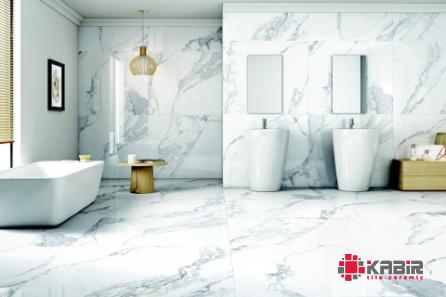
.
 Their durability, water resistance, and aesthetic appeal make them ideal choices for both residential and commercial bathrooms. Unlike other materials, such as wallpaper or paint, tiles and ceramics are highly resistant to moisture, mold, and mildew, making them a practical and long-lasting investment for your bathroom. Additionally, tiles and ceramics come in a wide range of colors, shapes, sizes, and textures, allowing you to unleash your creativity and personalize your bathroom to suit your style preferences. Whether you prefer a sleek modern look or a timeless, classic design, there is a tile or ceramic option that can bring your vision to life. #### Types of Tiles for Your Bathroom There are several types of tiles commonly used in bathroom design, each with its own unique characteristics and benefits.
Their durability, water resistance, and aesthetic appeal make them ideal choices for both residential and commercial bathrooms. Unlike other materials, such as wallpaper or paint, tiles and ceramics are highly resistant to moisture, mold, and mildew, making them a practical and long-lasting investment for your bathroom. Additionally, tiles and ceramics come in a wide range of colors, shapes, sizes, and textures, allowing you to unleash your creativity and personalize your bathroom to suit your style preferences. Whether you prefer a sleek modern look or a timeless, classic design, there is a tile or ceramic option that can bring your vision to life. #### Types of Tiles for Your Bathroom There are several types of tiles commonly used in bathroom design, each with its own unique characteristics and benefits.
..
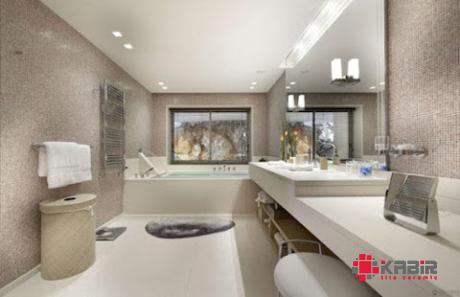 Some of the most popular types of bathroom tiles include: 1. **Ceramic Tiles**: Ceramic tiles are versatile, cost-effective, and easy to maintain, making them a popular choice for bathrooms. They come in a variety of colors, patterns, and sizes, allowing you to create a customized look for your space. 2. **Porcelain Tiles**: Porcelain tiles are known for their durability and water resistance, making them ideal for bathroom floors and walls. They are available in a wide range of styles, from wood-look to marble-inspired designs, adding a touch of elegance to your bathroom. 3. **Glass Tiles**: Glass tiles are a stylish and modern choice for bathroom walls and backsplashes. They reflect light beautifully, creating a sense of spaciousness in small bathrooms, and come in a variety of colors and finishes to suit any design aesthetic. 4. **Stone Tiles**: Natural stone tiles, such as marble, granite, and travertine, bring a touch of luxury and sophistication to any bathroom. While they require more maintenance than other tile types, their timeless beauty and durability make them a popular choice for high-end bathroom designs. 5. **Mosaic Tiles**: Mosaic tiles are small, intricate tiles that can be used to create intricate patterns and designs in your bathroom. They are available in a variety of materials, including glass, ceramic, and natural stone, allowing you to add a unique touch to your bathroom walls or floors.
Some of the most popular types of bathroom tiles include: 1. **Ceramic Tiles**: Ceramic tiles are versatile, cost-effective, and easy to maintain, making them a popular choice for bathrooms. They come in a variety of colors, patterns, and sizes, allowing you to create a customized look for your space. 2. **Porcelain Tiles**: Porcelain tiles are known for their durability and water resistance, making them ideal for bathroom floors and walls. They are available in a wide range of styles, from wood-look to marble-inspired designs, adding a touch of elegance to your bathroom. 3. **Glass Tiles**: Glass tiles are a stylish and modern choice for bathroom walls and backsplashes. They reflect light beautifully, creating a sense of spaciousness in small bathrooms, and come in a variety of colors and finishes to suit any design aesthetic. 4. **Stone Tiles**: Natural stone tiles, such as marble, granite, and travertine, bring a touch of luxury and sophistication to any bathroom. While they require more maintenance than other tile types, their timeless beauty and durability make them a popular choice for high-end bathroom designs. 5. **Mosaic Tiles**: Mosaic tiles are small, intricate tiles that can be used to create intricate patterns and designs in your bathroom. They are available in a variety of materials, including glass, ceramic, and natural stone, allowing you to add a unique touch to your bathroom walls or floors.
…
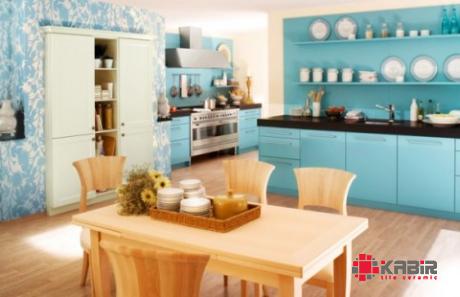 #### Choosing the Right Tiles for Your Bathroom When selecting tiles for your bathroom, it is essential to consider the following factors to ensure you choose the right option for your space: 1. **Durability**: Since bathrooms are high-moisture environments, it is crucial to choose tiles that are water-resistant and can withstand frequent exposure to moisture. 2. **Slip Resistance**: For bathroom floors, it is important to choose tiles with a textured surface or a high coefficient of friction to prevent slipping, especially in wet conditions. 3. **Maintenance**: Consider the maintenance requirements of the tiles you choose. While natural stone tiles may require regular sealing, ceramic and porcelain tiles are low-maintenance options that are easy to clean and care for. 4. **Aesthetic Appeal**: Select tiles that complement the overall design aesthetic of your bathroom. Consider the color, texture, and pattern of the tiles to create a cohesive and visually appealing space. #### Tile Installation Techniques for Your Bathroom Proper tile installation is essential to ensure your bathroom not only looks stunning but also functions effectively. There are several installation techniques commonly used for bathroom tiles, including: 1. **Thinset Mortar**: Thinset mortar is a cement-based adhesive used to adhere tiles to floors, walls, and countertops. It provides a strong bond and is suitable for a variety of tile types, including ceramic, porcelain, and natural stone. 2. **Grout**: Grout is a cement-based material used to fill the gaps between tiles and seal them to prevent water infiltration. Grout comes in a variety of colors, allowing you to customize the look of your bathroom tiles. 3. **Floating Method**: In the floating method, tiles are installed using a floating mortar bed that allows for greater flexibility and forgiveness in uneven substrates. This technique is often used when installing large-format tiles or over existing tiles.
#### Choosing the Right Tiles for Your Bathroom When selecting tiles for your bathroom, it is essential to consider the following factors to ensure you choose the right option for your space: 1. **Durability**: Since bathrooms are high-moisture environments, it is crucial to choose tiles that are water-resistant and can withstand frequent exposure to moisture. 2. **Slip Resistance**: For bathroom floors, it is important to choose tiles with a textured surface or a high coefficient of friction to prevent slipping, especially in wet conditions. 3. **Maintenance**: Consider the maintenance requirements of the tiles you choose. While natural stone tiles may require regular sealing, ceramic and porcelain tiles are low-maintenance options that are easy to clean and care for. 4. **Aesthetic Appeal**: Select tiles that complement the overall design aesthetic of your bathroom. Consider the color, texture, and pattern of the tiles to create a cohesive and visually appealing space. #### Tile Installation Techniques for Your Bathroom Proper tile installation is essential to ensure your bathroom not only looks stunning but also functions effectively. There are several installation techniques commonly used for bathroom tiles, including: 1. **Thinset Mortar**: Thinset mortar is a cement-based adhesive used to adhere tiles to floors, walls, and countertops. It provides a strong bond and is suitable for a variety of tile types, including ceramic, porcelain, and natural stone. 2. **Grout**: Grout is a cement-based material used to fill the gaps between tiles and seal them to prevent water infiltration. Grout comes in a variety of colors, allowing you to customize the look of your bathroom tiles. 3. **Floating Method**: In the floating method, tiles are installed using a floating mortar bed that allows for greater flexibility and forgiveness in uneven substrates. This technique is often used when installing large-format tiles or over existing tiles.
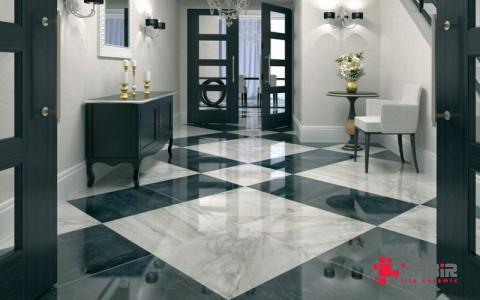
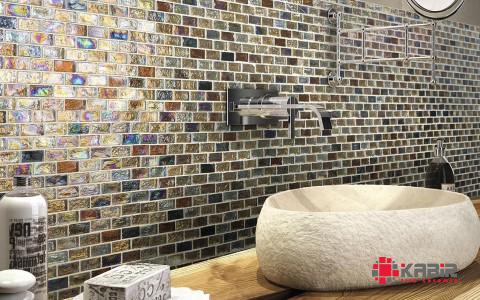

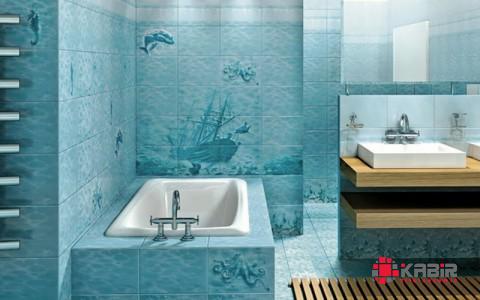
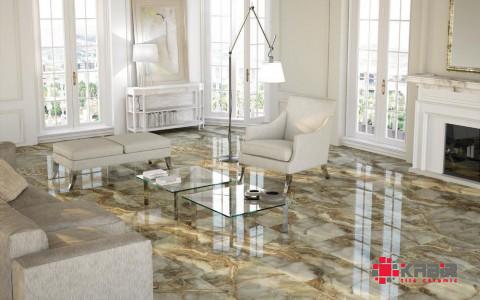
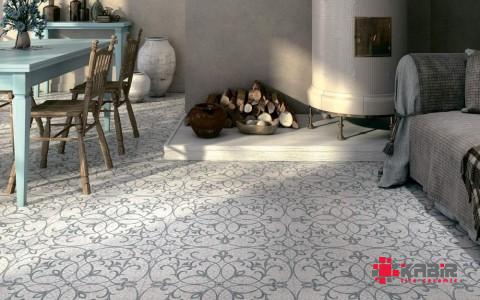

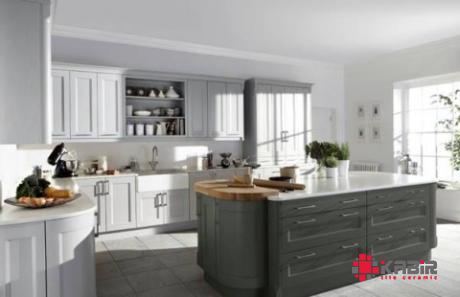
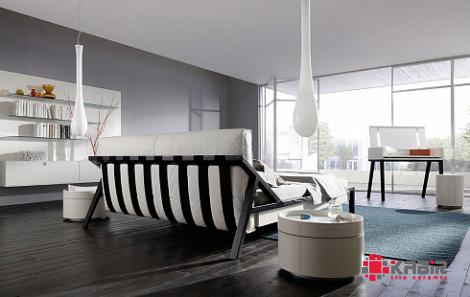
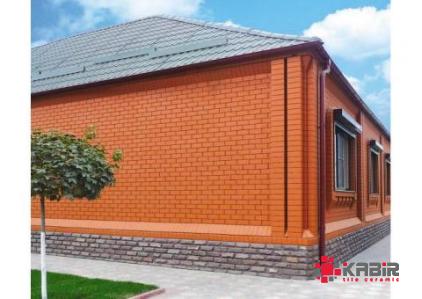
Your comment submitted.